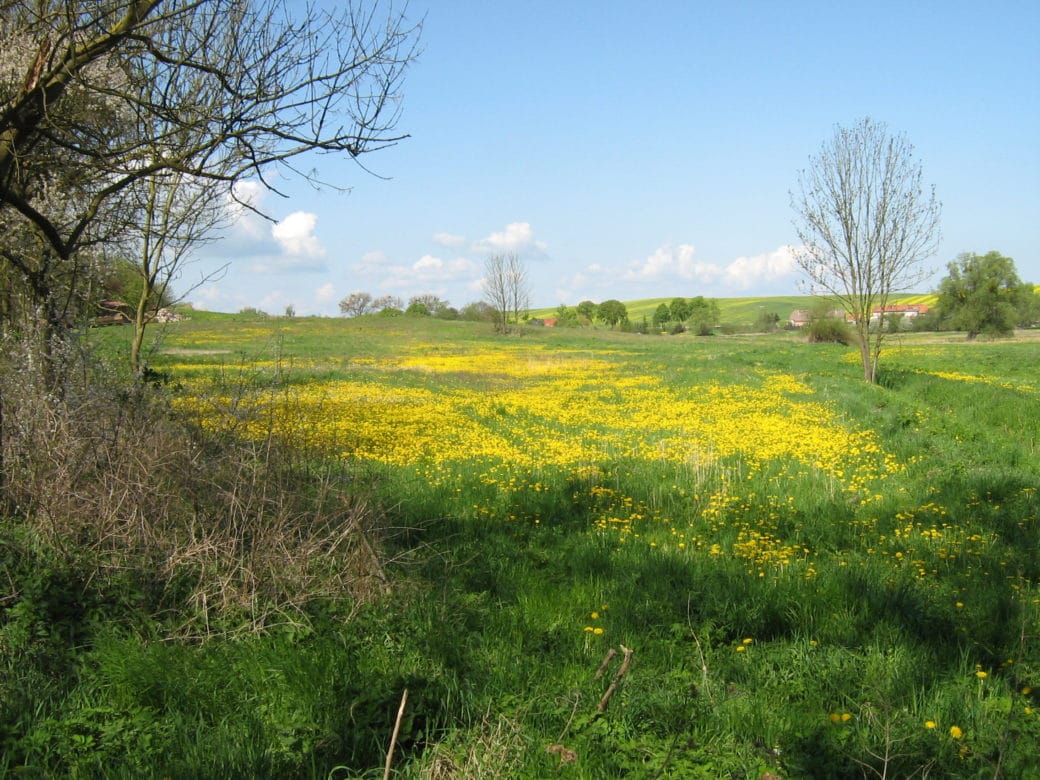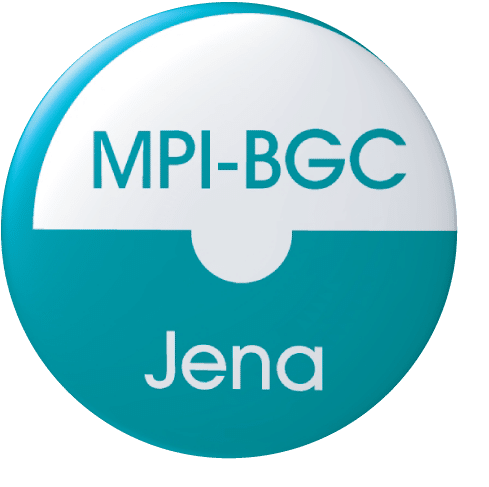Incorporating trophic interactions into the optimisation of cost-effective agri-environmental schemes for biodiversity conservation in grassland

The overall objective of TrophCost is to use data from the Biodiversity Exploratories on co-occurrences and trophic links between plant resource and insect consumer species to conceptually further develop ecological-economic modelling. The final purpose is to develop a modelling procedure based on these data to design options for cost-effective agri-environment schemes to conserve grassland biodiversity. Cost-effectiveness is here understood in a way that for given conservation budgets the achievement of conservation targets is maximised. The modelling procedure will go beyond model-based recommendations to conserve individual target species by jointly addressing effects of management measures on biodiversity, information on trophic interactions and economic aspects of land-use decisions based on existing data from previous research in the Biodiversity Exploratories.
Results from the modelling procedure will be produced for subsets of rare species as well as for solutions that aim at maximizing biodiversity among the interacting species. The geographic extent of the Biodiversity Exploratories offers ideal conditions to develop such approaches for a wide range of regional conditions and to compare results across space.
TrophCost will proceed as follows. We will first identify sets of plant and insect species (butterflies and granivorous/omnivorous ground beetles) with strong co-occurrence patterns and known trophic links. We will create co-occurrence and trophic linkage matrices between plant and insect species and then systematically compare associations between species pairs in these matrices. The identified species that show strong co-occurrence and trophic linkage patterns are candidates that will be incorporated into the ecological-economic modelling procedure. In order to understand how grassland management measures, modify co-occurrence patterns between plant resources and insect consumers across environmental conditions, we will identify plant resource – insect consumer links in communities of butterflies and granivorous/omnivorous ground beetles from available community data for all 150 grassland plots in the three Biodiversity Exploratories.
We will then modify an existing modelling procedure, and insert ecological, economic, land use and landscape data for the three Biodiversity Exploratories. Finally, we will apply the procedure to derive recommendations for cost-effective agri-environment schemes, which take into account trophic interactions between insect consumers and plant resources. These recommendations will be derived for all three study areas, enabling us to compare cost-effective AES design across space.









